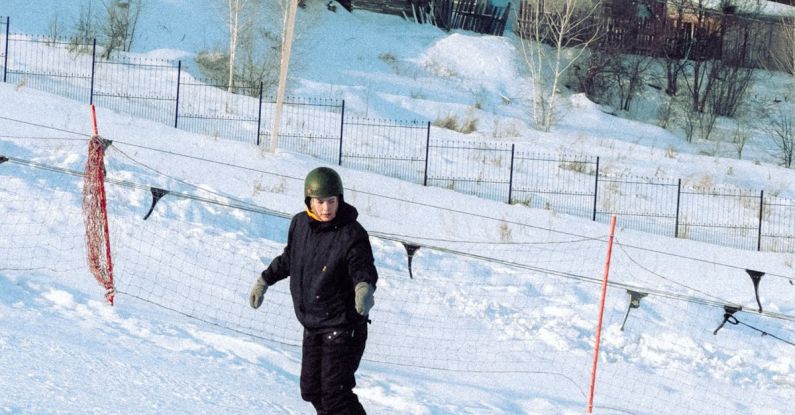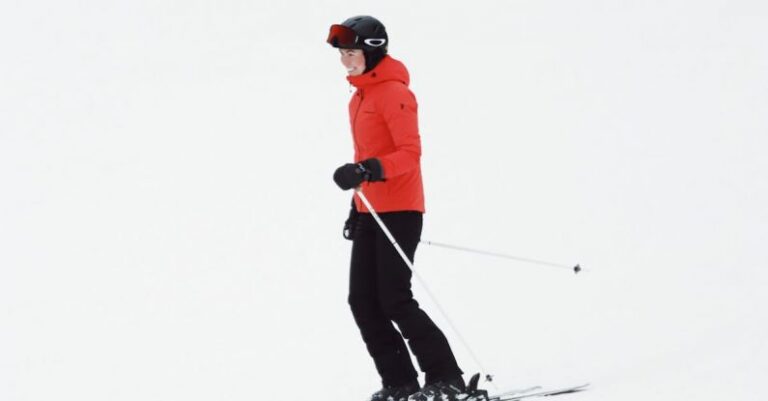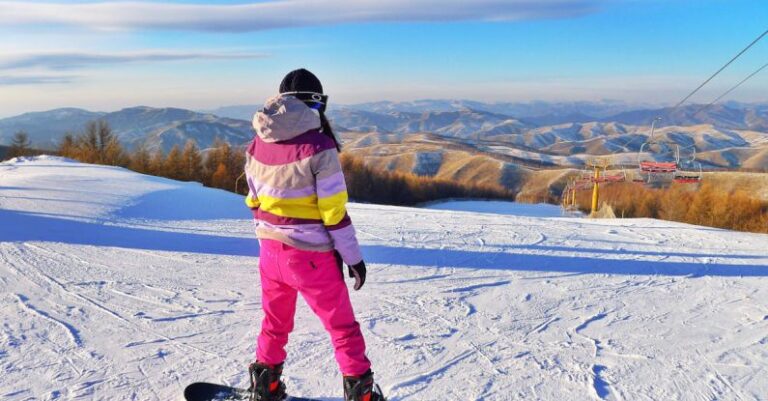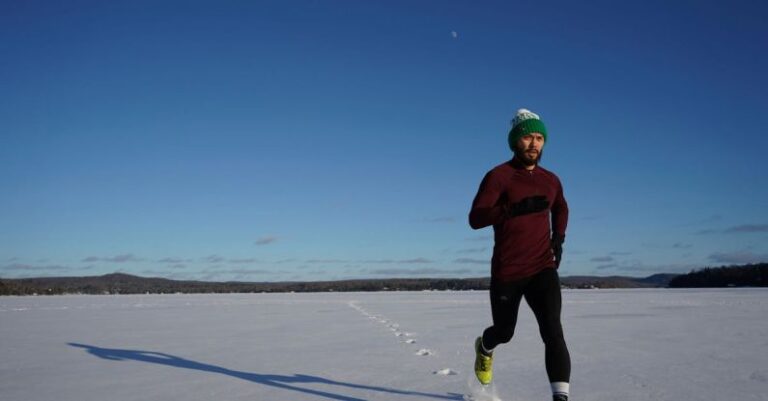
Skiing in icy conditions can present a unique set of challenges for even the most experienced skiers. The slick and hard-packed snow can make it difficult to maintain control and can increase the risk of falls and injuries. However, with the right techniques and equipment, you can navigate icy slopes safely and confidently. In this article, we will explore some essential tips to help you conquer icy conditions on the slopes.
Choose the Right Skis
When skiing in icy conditions, having the right equipment can make a significant difference in your performance and safety. Opt for skis that are specifically designed for icy terrain, such as carving skis or all-mountain skis with a narrow waist. These skis are better equipped to grip the hard-packed snow and provide better stability and control. Additionally, make sure your skis are well-tuned with sharp edges to maximize their grip on the icy surface.
Adjust Your Technique
Skiing on ice requires a different approach than skiing on softer snow. To navigate icy slopes effectively, focus on making shorter turns and keeping your weight centered over your skis. Avoid leaning too far back or too far forward, as this can cause you to lose control on the slippery surface. By keeping your weight balanced and making quick, precise turns, you can maintain stability and control even on icy terrain.
Stay Alert and Anticipate Changes
Icy conditions can change rapidly, so it’s essential to stay alert and be prepared to adapt to the terrain. Keep an eye out for patches of ice or slick spots, and adjust your speed and technique accordingly. Anticipating changes in the terrain can help you react quickly and navigate tricky sections with confidence. Stay focused and be prepared to make split-second decisions to avoid accidents and maintain control on icy slopes.
Use the Edges of Your Skis
When skiing on ice, utilizing the edges of your skis is crucial for maintaining control and stability. Instead of trying to carve turns with the entire base of your skis, focus on using the edges to grip the snow and initiate turns. By angling your skis and engaging the edges, you can cut through the icy surface more effectively and maintain better control throughout your descent. Practice shifting your weight and using your edges to navigate icy conditions with precision and confidence.
Stay Flexible and Dynamic
Flexibility and adaptability are key when skiing in icy conditions. The terrain can be unpredictable, so it’s essential to stay dynamic in your movements and be prepared to adjust your technique on the fly. Keep your knees bent and your body relaxed to absorb any bumps or changes in the terrain. By staying flexible and responsive to the conditions, you can maintain control and agility on icy slopes and react quickly to any challenges that may arise.
Conclusion: Conquer the Ice with Confidence
Skiing in icy conditions can be a thrilling and rewarding experience, but it requires skill, technique, and a keen awareness of the terrain. By choosing the right equipment, adjusting your technique, staying alert, using your edges, and remaining flexible, you can conquer icy slopes with confidence and grace. Embrace the challenge of skiing on ice, and remember to always prioritize safety and enjoyment on the mountain. With practice and perseverance, you can master the art of skiing in icy conditions and take your skills to new heights.





